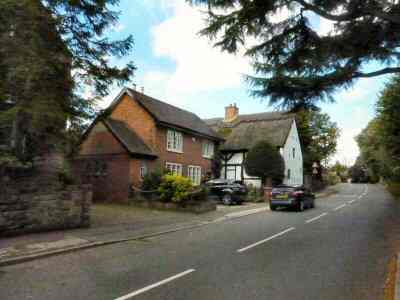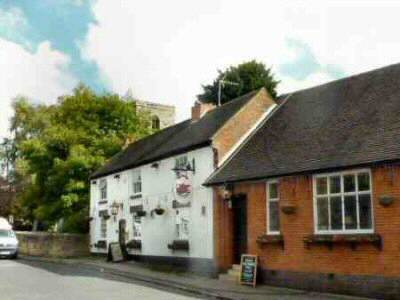ALLESTREE

INFORMATION
Where is it? – Off the A6 Derby to Belper road, on the north-western outskirts of Derby. Allestree Conservation area can be reached from the A6 using Kings Croft or Park Lane (SK350400).
What to do? – Walk around the Conservation area at Allestree. – Visit Allestree Park – Explore Park Farm Shopping Centre. – Discover nearby Darley Abbey and take a stroll around the historic village.
Where to eat? – The Red Cow in the heart of the Conservation area at Allestree – Refreshment facilities are available at the Allestree Park Farm shopping centre – Darley Park Tearooms are delightfully situated overlooking flowerbeds and Darley Abbey Park. There is plenty of seating outside on the terrace as well as inside.
Other places to visit – Markeaton Park attracts more than one million visitors each year with its very popular amusements for children and special events. A craft village now occupies what were once Markeaton Hall stables. The area has been extensively restored with the benefit of a Heritage Lottery grant. – Derby Cathedral is a superb place to visit with its impressive Perpendicular Tower—the second-highest in England to the Boston Stump. The Cathedral Centre on the opposite side of the road holds some of the Cathedral’s treasures. – Derby City Museum and Art Gallery houses the prestigious Joseph Wright collection of paintings. A programme of special exhibitions supports permanent displays relating to the city’s archaeology, history, wildlife and local regiments. The brand-new Ceramics Gallery provides an additional attraction and award-winning cafe.
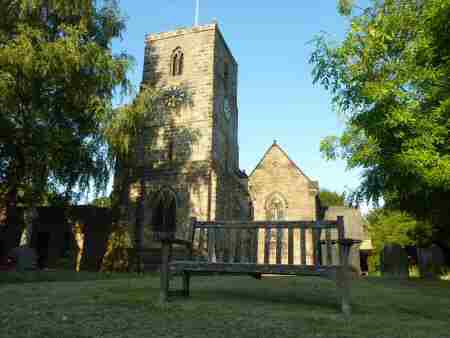
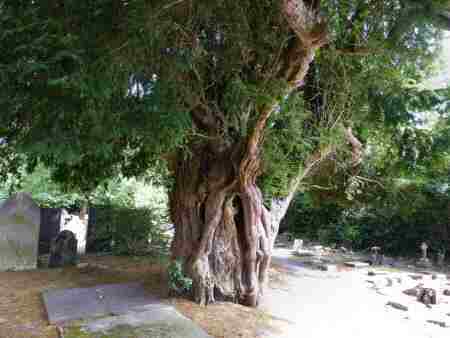
PROFILE
Allestree is a pleasant residential suburb on the northern periphery of Derby, it has a shopping centre at Park Farm. Also, it is the home of Derby University. It is almost surrounded by agricultural land and attractive parks. Markeaton Park is to the south, Allestree Park is to the north and Darley Abbey Park is on the eastern side. Kedleston Hall is a short distance to the southwest, set in the beautiful parkland.
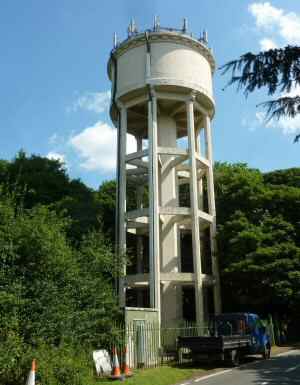
Anglo-Saxons and Normans
The Anglo-Saxons settled at Allestree, attracted by its good southerly-facing location. The quality of the soil and most of all the plentiful supply of water. However, it is unlikely that they were the first people to settle, at least temporarily in the area. A Bronze Age barbed and tanged arrowhead was found in a garden in the 1970s.
Before the Norman Conquest, Allestree was a tiny hamlet of scattered dwellings. Part of the holding of the Earl of Northumbria. For years the village was almost completely self-sufficient with the villagers relying on their efforts to feed, clothe and shelter themselves and their children.
After the Norman invasion, Allestree was recorded in the Domesday Book of 1086, as a berewick, or outlier of the Manor of Markeaton held by the Earl of Chester. The Earl’s Steward, Jocelyn, an ancestor of the Touchet family of Markeaton, who later succeeded to the manor, controlled the estate. In the middle of the 12th century, most of the land was granted and sold to the recently founded Abbey of St Mary at Darley. Then rented back to the Touchet family.
The Mundy Family
In 1516, the manor of Markeaton came into the hands of John Mundy, a goldsmith, who six years later became the Lord Mayor of London. The Mundy family were anxious to make the most of their acquisition and with the final break up of the feudal farming system, innovative methods were experimented with to improve stock raising and crop production. These new initiatives and the expansion of trade as the country moved into another era, gradually led to improvements in the standard of living of the villagers.
The estate remained in the hands of the Mundy family until the 1780s. When Francis Noel Clarke Mundy, sold most of it to Thomas Evans, the Darley Abbey mill owner, but retained the title of lord of the manor. By the middle of the next century, a large number of Allestree’s residents were employed at the ‘Evans family cotton mills at Darley Abbey.
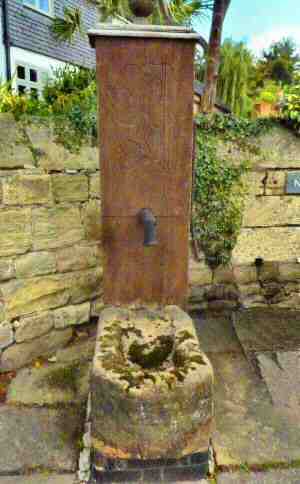
Allestree Park
Allestree Park was bought and enclosed by Bache Thornhill of Stanton-in-Peak. He had a house built in the park at the beginning of the 19th century. But before it was complete, he died. After remaining empty for some time it was eventually occupied by John Giradot, a man of great wealth. Subsequently, it passed through several hands, including those of Sir William Evans. Who, when Allestree became a parish in its own right in 1864, paid for a vicarage and Henry Isaac Stevens to almost completely rebuild the church.
A firm of builders bought the Park in 1928. Some houses were built, but the war intervened. First, the army and then, the fire brigade used Allestree Hall during the war. The latter only left in 1950. After that, the Council bought the park, including the hall. A nine-hole golf course was established in 1948 and extended to 18 holes in 1955. However, the course was closed in 2020.
Religion
St Edmund’s only became a parish church in 1868. Before that, it had been a chapel of the mother church of Mackworth. Despite only holding chapel status it had a fine 12th-century doorway. When the church was rebuilt in 1866/7, a south aisle was added and the doorway was rebuilt. The yew tree in the churchyard is about 1,000 years old. To its rear by the lamppost is reputed to be the haunt of Allestree’s ghost.
The original Methodist Chapel closed in 1895 when the new chapel on Duffield Road opened. This was largely financed by Joseph Woolley, who for some years was both Church Warden and Chapel Steward. He was a generous benefactor for missionary work abroad. Woolley made a practice of giving a shilling for each Dobbie cart he made at his workplace and sixpence for a wheelbarrow.
The Old Village
The cottages behind the pump date from the late 18th century. Where the centre of the village once stood. Further, along Cornhill, thatched Yew Tree Cottage is thought to date back to the 17th century. The old schoolmaster’s house dates from the early 18th century. An interesting group of Victorian cottages, built in 1893, is found at The Poplars off Park Lane.
The Red Cow was probably in existence in the early 17th century. But, the majority of the present building is somewhat more recent. Nearby on a triangle of land, the former village school has been converted for housing. A previous resident of Allestree Hall, Sir Henry Raphael, who represented South Derbyshire for the Liberal Party, gave the Memorial Hall to the village.
The Gisborne family, who at one time owned Allestree Hall. Donated land as a war memorial, which is now the home of various sports clubs including Allestree Cricket Club. One of the all-time ‘cricketing greats’ who had connections with the village was S. F. Barnes, who set up the Court Café, later known as the Palm Court before closing in 2005.
